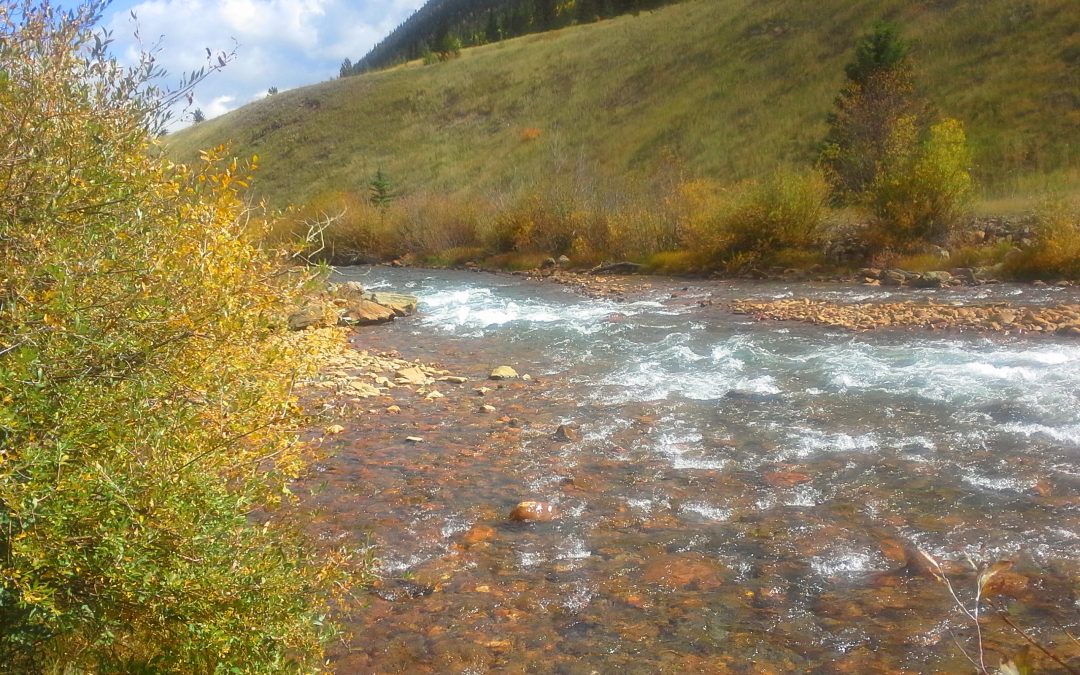Colorado’s Water Plan (CWP) calls for the storage of an additional 400,000 acre-feet of water by 2050. To help evaluate potential options, the Colorado General Assembly passed House Bill 1256 in 2016. It called for a study to identify the amount of South Platte River water leaving the state into Nebraska in excess of South Platte River Compact requirements in each of the last 20 years, and to develop a list of possible surface and groundwater storage sites along the South Platte from Greeley to the state line at Julesburg.
The final study report, prepared by two consulting firms and managed by the Colorado Water Conservation Board and the Lower South Platte Water Conservancy District, was presented to the legislature’s Water Resources Review Committee on June 19. It determined that the annual median volume of water delivered to Nebraska beyond compact requirements from 1996-2015 was 293,000 acre-feet. The future annual excess was lowered to roughly 230,000 acre-feet, however, due to implementation of already identified projects and perfection of conditional water rights.
While 230,000 acre-feet looks like a lot of water, it would cover less than half the 500,000 acre-foot agricultural and municipal water supply gap projected for the basin in 2050. The study identified 16 potential new surface water reservoirs, seven existing reservoirs that could be rehabbed or enlarged, and seven aquifer storage sites. It concluded that no single storage option would be able to fully put to beneficial use the excess water leaving the state or meet most of the 2050 water supply gap below Denver. Joe Frank, general manager of the Lower South Platte Water Conservancy District, emphasizes that “It’s going to take more than one site and a coordinated regional effort.”
Among the study’s recommendations:
- Seek cooperative storage projects with multiple users, components and purposes.
- Investigate how storage would support future Alternative Transfer Method projects [another CWP objective is to voluntarily share 50,000 acre-feet of agricultural water by 2030].
- Investigate conjunctive surface and groundwater storage options.
Representative Jeni Arndt, chair of the Water Resources Review Committee (and a Water Education Colorado board member), was impressed with the study results. “I’m happy to finally see a credible number on the volume of water actually leaving the state into Nebraska in excess of our compact requirements. Now we know what we have to work with moving forward.” And she was pleased to see one of the existing reservoir enlargement options—Julesburg Reservoir—on the list; “On balance it appears to be one of the better options based on its cost per acre-foot of firm yield and environmental considerations.”
Frank was also impressed with the work the consultants did on a limited budget and tight deadline. “We now have a central source of data that water users can dig into in more detail to develop specific projects.”
The study presentation can be found here.


 Print
Print